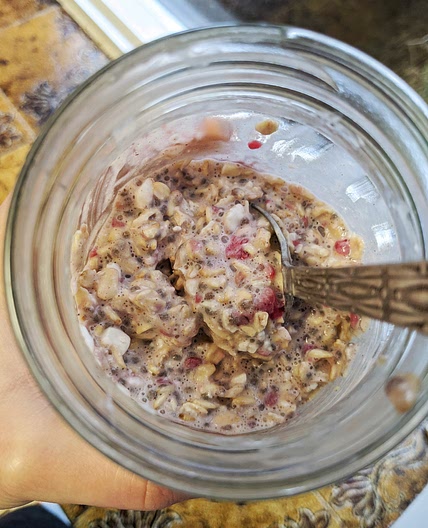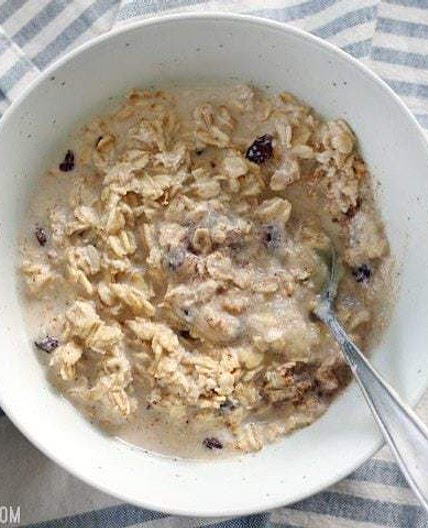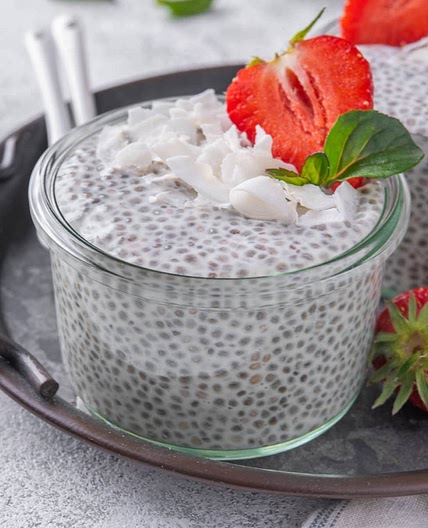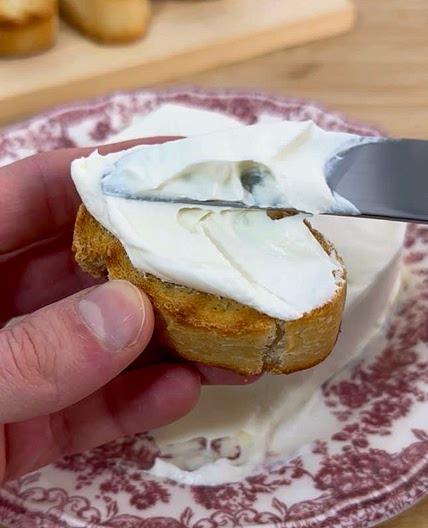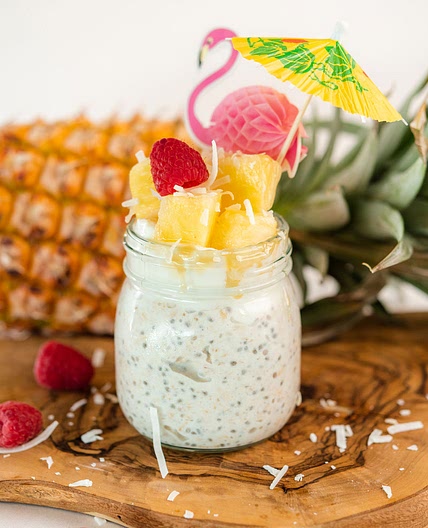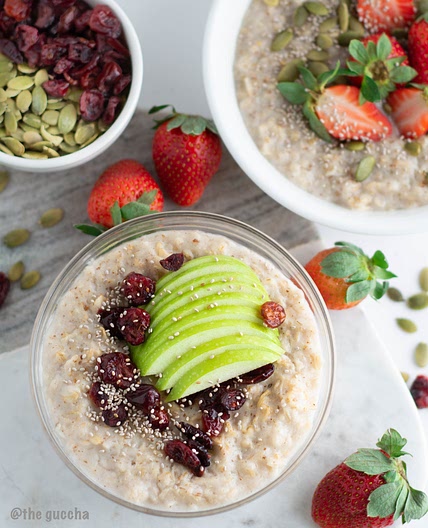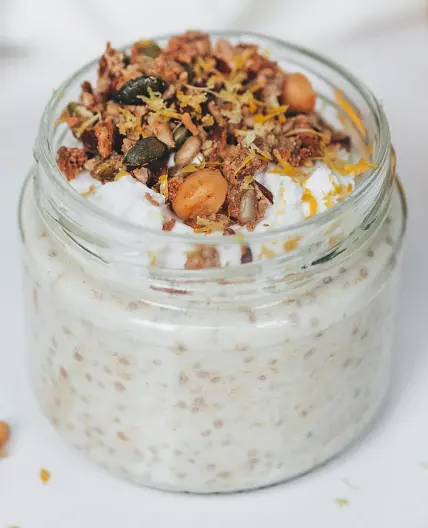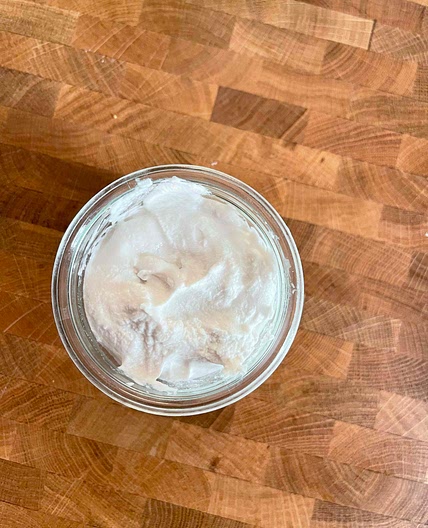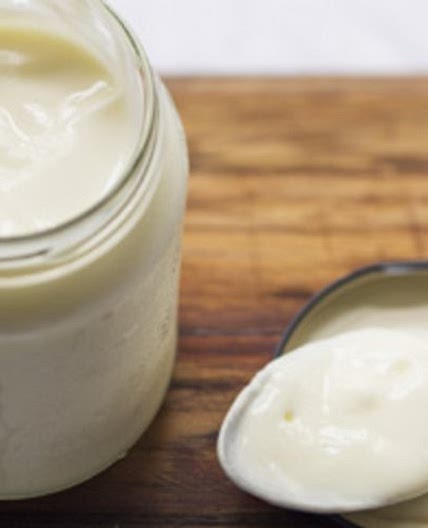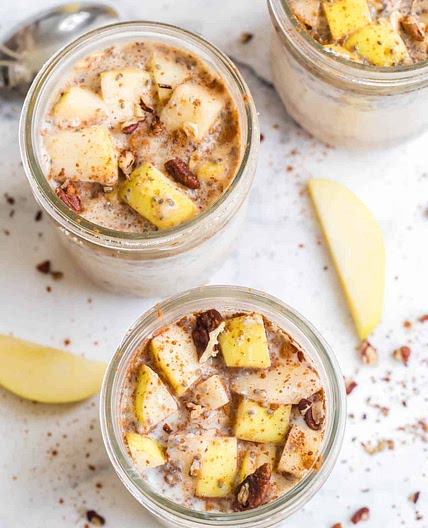By Angelo Coassin (Cooking with Bello) 🍝
HOMEMADE YOGHURT
7 steps
Prep:5minCook:10min
Updated at: Mon, 01 Jul 2024 16:56:39 GMT
Nutrition balance score
Unbalanced
Glycemic Index
31
Low
Glycemic Load
4
Low
Nutrition per serving
Calories157.7 kcal (8%)
Total Fat8.4 g (12%)
Carbs12.3 g (5%)
Sugars12.6 g (14%)
Protein8.6 g (17%)
Sodium100.4 mg (5%)
Fiber0 (0%)
% Daily Values based on a 2,000 calorie diet
Instructions
Step 1
Add milk to a pot and bring almost to a boil (the milk needs to recharge temperature of 90C/200F). This process is important to remove any bad bacteria from the milk.
Step 2
Remove the pot from the stove and let your milk cook down for 40 mins or until you can touch it with your finger without burning (if you have a thermometer it should reach a temperature of 46C/115F).
Step 3
Add the yoghurt in and give it a nice stir. When choosing the right yoghurt for this preparation, make sure it contains the live bacteria, they should be listed on the label and almost all of the yoghurt that you buy at the supermarket will have them.
Step 4
Close your pot with its lid, cover with some towels to keep it warm and rest overnight in a warm place (I like to place my pot in the oven, turned off of course).
Step 5
The following morning remove the towels, place the pot with its lid in the fridge for for 8 hours.
Step 6
Your homemade yoghurt is ready, now repeat the process and you will have an endless supply of yoghurt at home for the rest of your life. Buon appetito!
Step 7
Note: use some of your homemade yoghurt to make your next batch. Just save 1/2 cup. If after a few batches, you notice some bad flavors in your yogurt, it means that either some outside bacteria has taken up residence in your yogurt. In that case, simply go back to using some store-bought commercial yogurt in your next batch.

